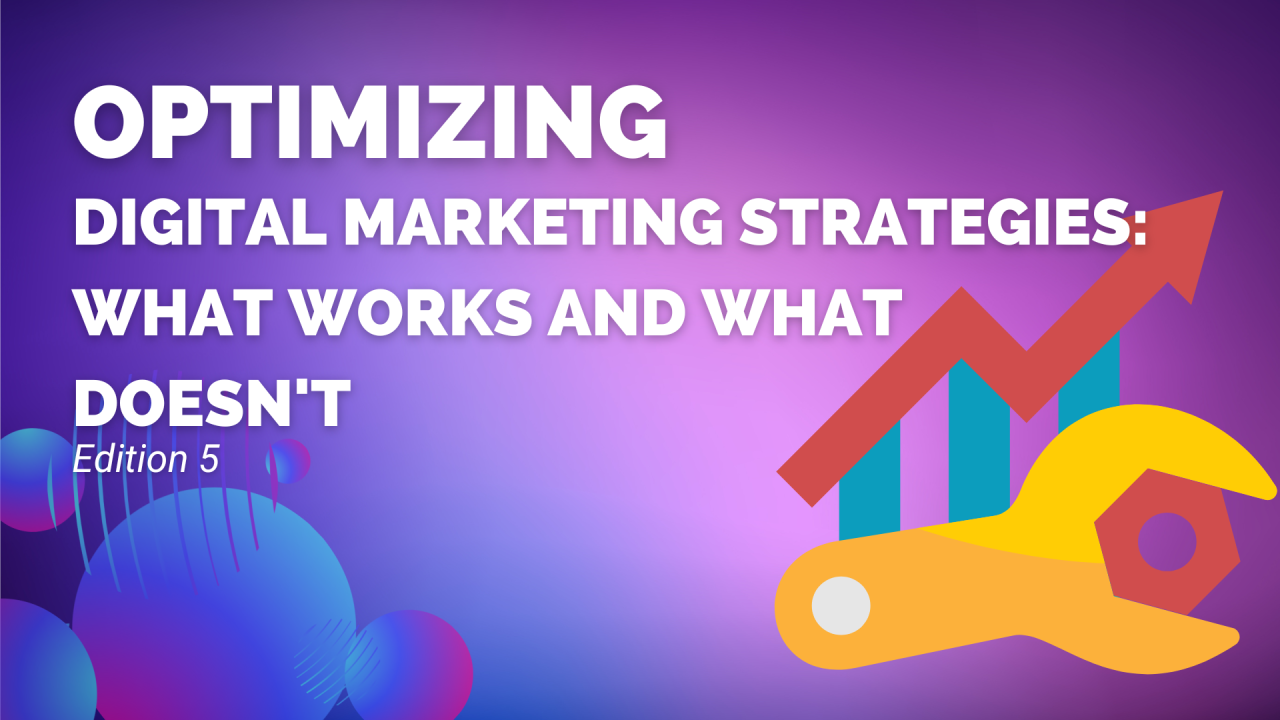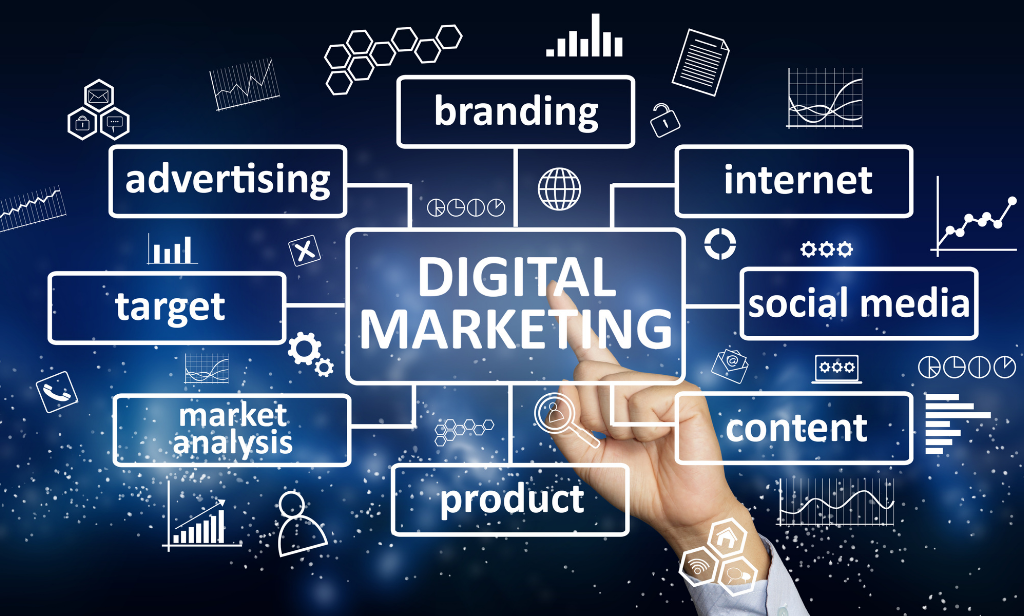The world of digital marketing is evolving faster than ever. With the rise of AI tools, stricter privacy regulations, shifting consumer behaviors, and increasing content saturation, marketers must stay agile and adapt to what’s working—and abandon what isn’t. In 2025, success in digital marketing depends not just on doing more, but doing what’s right.
Whether you’re a brand owner, agency marketer, or entrepreneur, this guide breaks down the strategies that are thriving in 2025 and the outdated tactics you should leave behind.
✅ What Works in 2025
1. Short-Form Video with Strong Hooks
What’s Working: Platforms like TikTok, Instagram Reels, YouTube Shorts, and even Facebook Stories continue to dominate. But it’s not just about posting—attention-grabbing hooks in the first 3 seconds are critical.
Why It Works:
- Mobile-first audiences prefer snackable content.
- Algorithms prioritize content that keeps viewers engaged longer.
- Users trust real faces more than polished brand commercials.
Pro Tip: Use captions, trending audio, and native platform tools. Start with a bold question or statement.
2. Conversational AI and Chatbots
What’s Working: AI-powered chatbots and conversational tools (like ChatGPT plugins, Meta AI, and Google Gemini integrations) are revolutionizing customer engagement.
Why It Works:
- Instant support = better user experience.
- AI helps capture leads 24/7.
- Automates repetitive tasks like FAQs, bookings, and follow-ups.
Example: A digital marketing agency in Dhaka using WhatsApp automation to close sales directly from Facebook ads.
3. Value-Based Content Over Promotional Noise
What’s Working: In 2025, brands that educate, entertain, or inspire are growing faster than brands that simply advertise.
Why It Works:
- Audiences are content-fatigued and ignore generic promotions.
- Google and social algorithms now reward helpful and original content.
- Trust and authority convert better than discounts alone.
Tip: Create blogs, infographics, guides, webinars, and podcasts tailored to your niche.
4. Zero-Click Content and Native Experiences
What’s Working: Platforms like LinkedIn, Facebook, and Google now favor content that keeps users on the platform, not content that sends them away.
Why It Works:
- Social networks suppress outbound links.
- Native content (videos, carousels, text posts) gets 2x–4x more reach.
- Users are more likely to engage without disruption.
Strategy: Post full value (e.g., tips, mini-blogs) on the platform instead of asking users to “read more” on your site.
5. Hyper-Personalization Using First-Party Data
What’s Working: In the post-cookie era, marketers are collecting first-party data to create tailored experiences through email, SMS, and retargeting.
Why It Works:
- People respond better to personalized offers.
- Privacy regulations (like GDPR & CPRA) restrict third-party data usage.
- Tools like customer data platforms (CDPs) help build accurate buyer profiles.
Example: An eCommerce brand segments users by browsing history to send personalized product bundles via email.
6. Influencer Marketing (Micro & Nano Level)
What’s Working: Micro-influencers (1k–50k followers) are generating higher trust and engagement than celebrity endorsements.
Why It Works:
- More authentic, relatable content.
- Strong niche community trust.
- Cost-effective for startups and SMEs.
Tip: Focus on long-term collaborations and boost influencer posts through paid ads for better ROI.
7. Omnichannel Strategy with Platform-Specific Content
What’s Working: Successful brands don’t just repost the same thing across channels. They tailor their content based on audience behavior on each platform.
Why It Works:
- Instagram favors visuals.
- LinkedIn values thought leadership.
- TikTok thrives on trends and authenticity.
- Email still drives the best ROI (avg. $36 per $1 spent).
Strategy: Design a cross-platform funnel with consistent messaging but unique executions.
❌ What Doesn’t Work in 2025
1. Relying on Organic Reach Alone
What’s Not Working: Organic reach continues to drop across Facebook, Instagram, and LinkedIn due to algorithm changes.
Why It Fails:
- Oversaturation of content.
- Platforms pushing businesses to pay for visibility.
- Posting alone doesn’t drive traffic or sales.
Alternative: Boost key posts, run strategic ad campaigns, and use engagement pods or collaborations to spark organic reach.
2. Keyword-Stuffed SEO Content
What’s Not Working: Old-school SEO with robotic keyword stuffing, low-quality backlinks, and spun content is being penalized by Google’s AI-driven algorithm updates.
Why It Fails:
- Google now evaluates content quality using EEAT (Experience, Expertise, Authoritativeness, Trust).
- Thin, repetitive blog posts no longer rank.
- User behavior signals (time on page, bounce rate) matter more.
Alternative: Write human-first content that genuinely solves problems. Use semantic keywords and cluster content around user intent.
3. Ignoring Data Privacy Regulations
What’s Not Working: Collecting user data without consent or not complying with global privacy laws.
Why It Fails:
- Platforms like Apple and Google are limiting ad tracking.
- Users are more privacy-conscious than ever.
- Legal risks include fines and banned accounts.
Solution: Use transparent opt-ins, privacy-compliant forms, and tools like Consent Mode and GA4.
4. Overproduction of Generic Content
What’s Not Working: Pumping out generic posts and blogs without insight or originality.
Why It Fails:
- AI tools have made content creation easy—but also repetitive.
- Users crave unique perspectives and real voices.
- Google and social platforms demote duplicate or bland content.
Fix: Invest in quality storytelling, industry insights, and real user experiences. Collaborate with experts, not just content farms.
5. One-Size-Fits-All Funnels
What’s Not Working: Using a single funnel for all buyers, ignoring the differences in awareness, behavior, or industry.
Why It Fails:
- B2B buyers and B2C shoppers act differently.
- Cold audiences need more nurturing.
- A Gen Z buyer won’t respond the same way as a corporate CEO.
Solution: Map separate funnels based on buyer personas, industry verticals, and buying intent.
🔍 Final Thoughts
In 2025, digital marketing is less about tricks and more about trust, tech, and tailoring your approach to the customer. Strategies rooted in real value, personalization, ethical data use, and multi-channel storytelling are leading the charge.
To stay competitive:
- Audit your current strategy.
- Drop what’s outdated.
- Double down on what’s delivering value.
Digital marketing is no longer about being everywhere—it’s about being relevant, authentic, and adaptive.









